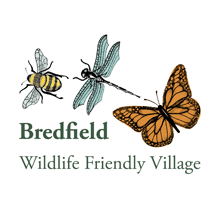Bredfield lacks woodland, but it doesn’t lack trees. We have woodland on the margins of the parish – Ufford Thicks and Dallinghoo Wood – but none wholly within the parish boundary. Our trees grow along the side of roads, by ditches, in isolated copses and in gardens. In this article, we are going to take […]
This website uses cookies so that we can provide you with the best user experience possible. Cookie information is stored in your browser and performs functions such as recognising you when you return to our website and helping our team to understand which sections of the website you find most interesting and useful.











